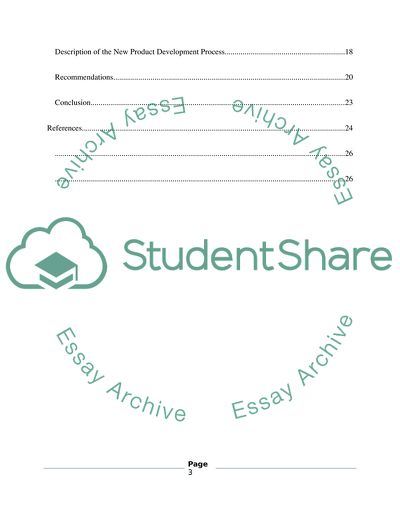Cite this document
(The Importance of Customers for Tesco PLC Research Paper, n.d.)
The Importance of Customers for Tesco PLC Research Paper. Retrieved from https://studentshare.org/marketing/1776850-marketng-assgnment
The Importance of Customers for Tesco PLC Research Paper. Retrieved from https://studentshare.org/marketing/1776850-marketng-assgnment
(The Importance of Customers for Tesco PLC Research Paper)
The Importance of Customers for Tesco PLC Research Paper. https://studentshare.org/marketing/1776850-marketng-assgnment.
The Importance of Customers for Tesco PLC Research Paper. https://studentshare.org/marketing/1776850-marketng-assgnment.
“The Importance of Customers for Tesco PLC Research Paper”, n.d. https://studentshare.org/marketing/1776850-marketng-assgnment.


